QTS APPS
QNAP offers a complete range of applications right out of the box for both consumers and professionals and this is without doubt one of the strongest selling points of their NAS models.
If you want to share your photo collection with local or even remote connected devices the photo station is the way to do it.
QNAP also gives you the ability to share your entire audio collection to both local and remote devices via the Music Station.
Transferring files to and from the NAS is very easy by using the File Station but personally I always prefer mapping the NAS as a drive in Windows and performing everything via the regular explorer.
The Hybrid Backup Sync is a more advanced version of the regular backup station so from here you can select specific folders to backup which in turn you can backup to various cloud services (sync).
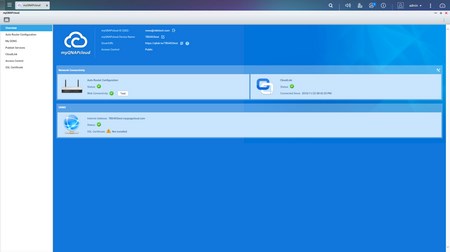

Via QNAP’s myQNAPCloud app you can access the NAS and all its features from another computer or your mobile devices from all over the world (setting up port forwarding for your model/router however may take a few more steps than the app states since not all routers have UPNP turned on by default).
The Video Station is one of those apps I rarely used in the past but since KODI is not currently supported this is your best way to share media to local and remote devices.

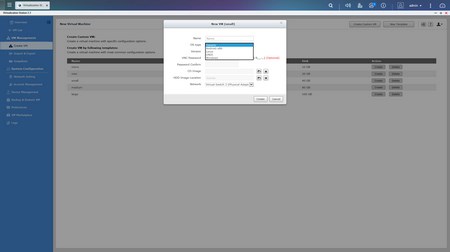
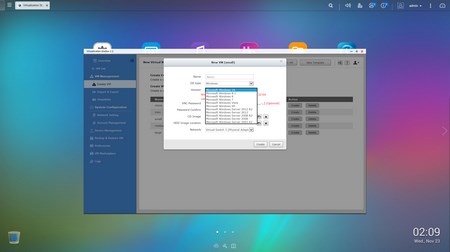
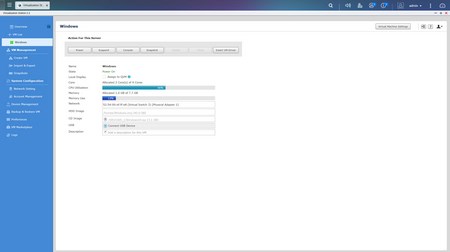

One of the more “advanced” features of this (and other) NAS is the virtualization station and from here you can basically create several virtual machines running on various Windows, Android, UNIX and Linux versions (providing of course you own their ISO image files). We once again used Windows 10 Pro x64 for a virtual machine and it was a very smooth ride.
Qsirch is one of the latest apps to hit QTS and basically allows the end user to search for specific files inside the NAS at incredible speeds. Although it may not come in handy much for home use but for office use it could prove to be a valuable addition.
The media streaming add-on is required for sharing media content to DLNA, Chromecast, AirPlay and HDMI compatible devices.
You can use the Proxy Server to manage the network bandwidth and bypass geographically-restricted websites.
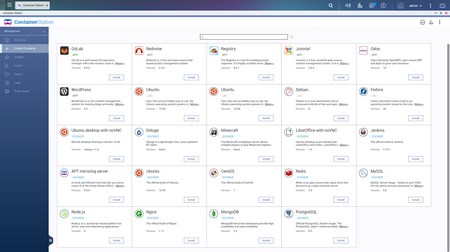
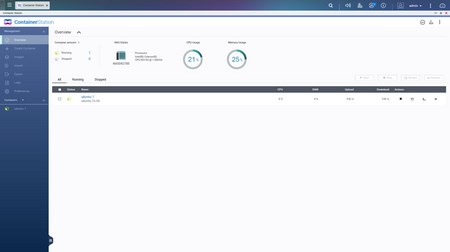
The Container Station Is a new app which allows the end user to quickly install Linux releases like Ubuntu and several other programs like Minecraft onto the NAS just by clicking on them (download is automatic). Just out of curiosity (not much of an Ubuntu user myself) we did try Ubuntu v16.04 without any issues.
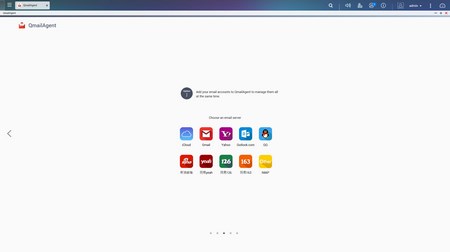
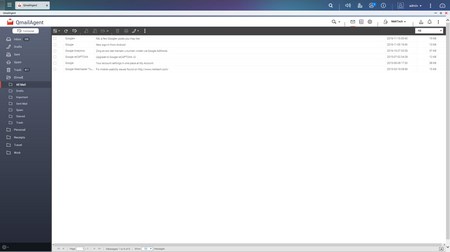
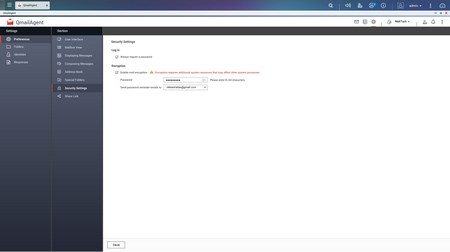
Thanks to the brand new QmailAgent app by QNAP you can now send, receive and backup all your emails from a large number of email clients by using a single program. The QmailAgent app is not only extremely easy to use and obviously very convenient but it also supports email encryption.
You can use the Download Station for torrents or direct HTTP/FTP download (also consider using rtorrent since it’s a more “complete” solution).
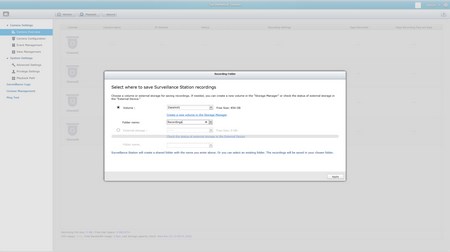
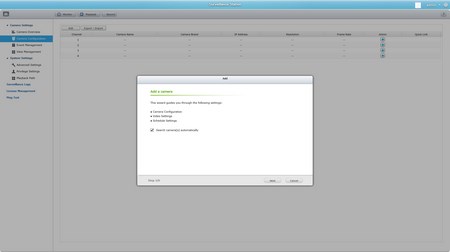

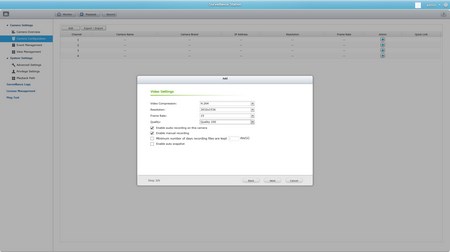
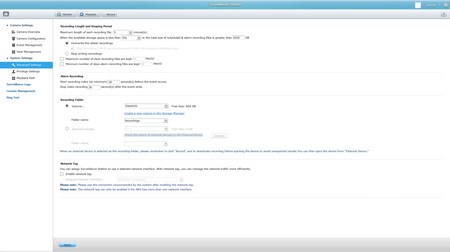
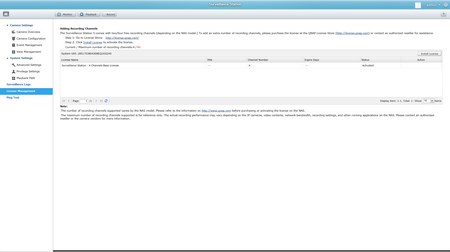
As usual if you decide to use the Surveillance Station to record feed from your IP cameras I suggest switching from UDP/UPnP to ONViF detection (if your cameras support it) since that’s the only setting that allows 3 out of 3 of our cameras to be detected without problem. The TBS-453A comes with a 4 IP camera license and sports a wide range of available settings both regarding image quality and recording.
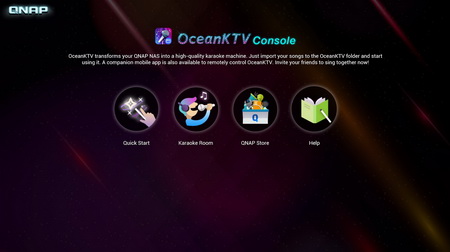
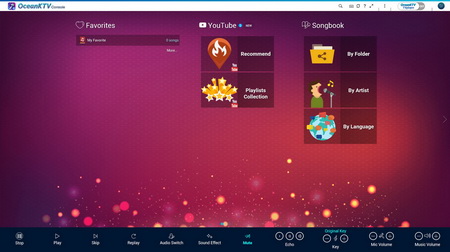
If you happen to enjoy Karaoke then you’re in luck since with the OceanKTV app your NAS transforms into a Karaoke machine. Haven’t really used this feature but it seems nicely developed (aside some small typos) and also supports YouTube playback.
Currently the TBS-453A is compatible with a grand total of 151 QTS apps so you should be able to find anything you need.

 O-Sense
O-Sense





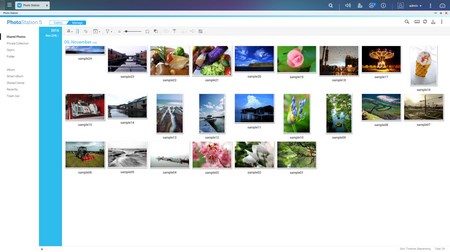

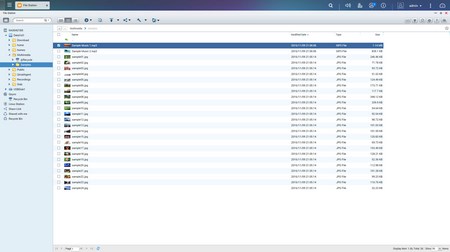
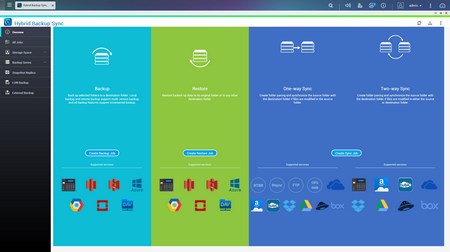
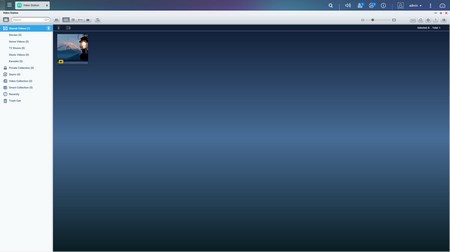

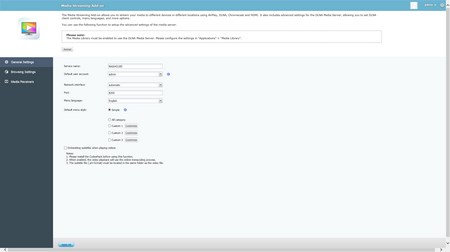
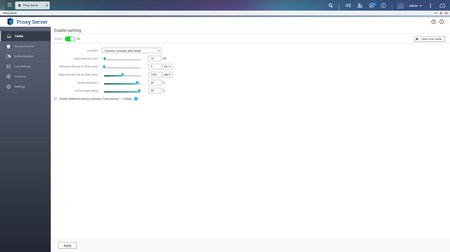

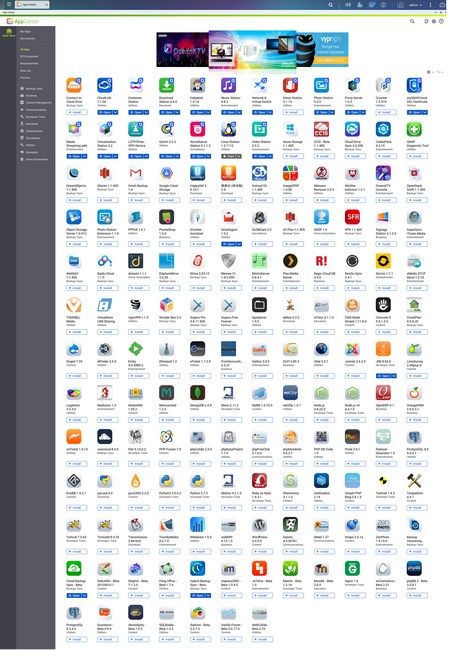


.png)

